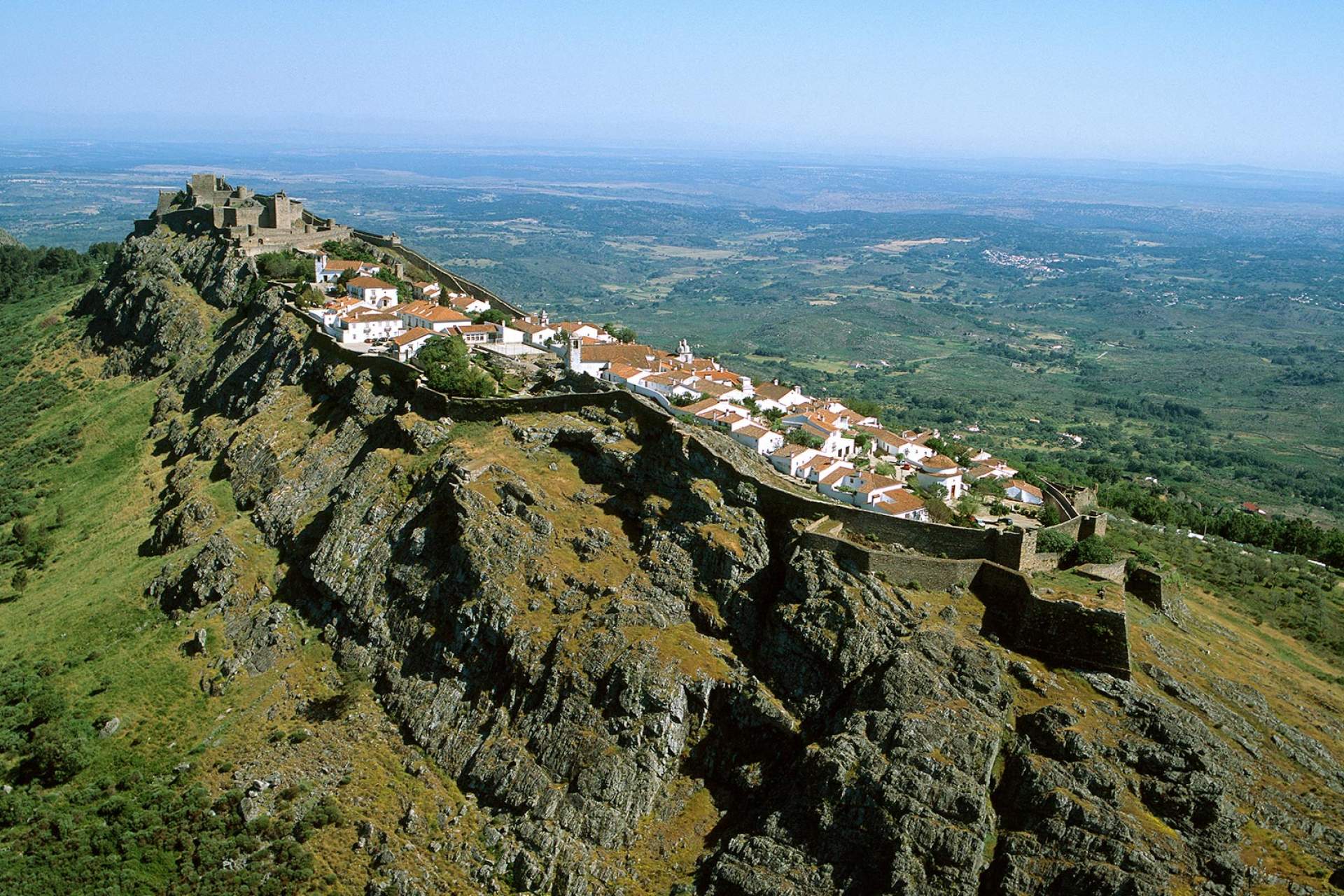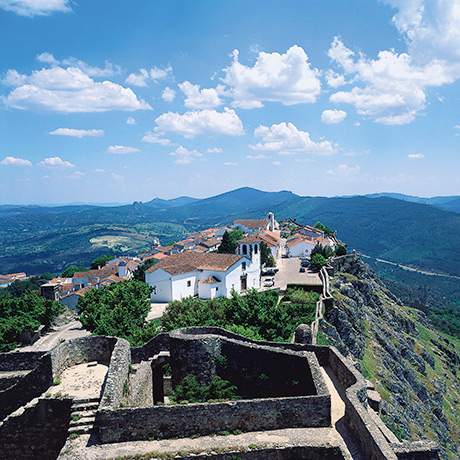
Marvão
Marvão has a long history as an important populated area since prehistoric times.
Located in one of the highest peaks of Serra de São Mamede Natural Park, the village of Marvão is above the Roman city Ammaia, where a Roman lamp with a Menorah for decoration was recently found, and where a stone ring from the 2nd century had already been found, also with Jewish decoration: a Menorah, Shofar, Lulav and Etrog (the seven armed chandelier, the horn that is used to call for prayer, and the palm leaf and lemon).
Referred to in Islamic written sources, Marvão was conquered by the first Portuguese King in 1160 or 1166. It was awarded a charter by the King D. Sancho II in 1226, a document that organised the city in terms of administration and where Jewish merchants were protected.
Marvão was one of the five crossing points of the runaway Jews from Castile in 1492, known as the Toll Bridge (Ponte da Portagem).
Close
Search results for:
No results were found matching your search.
Information available soon.



